
The Christ of Havana statue overlooks the harbor and city of Havana, Cuba (CNS photo/Ed Foster, Jr.)
“In full awareness, and at the beginning of his ministry in the Church of Rome that Peter bathed with his blood, the current successor assumes as his primary commitment that of working tirelessly towards the reconstruction of the full and visible unity of all Christ’s followers. This is his ambition and compelling duty.” —Emeritus Pope Benedict XVI, April 20, 2005, in his first homily, making clear that seeking Christian unity is central for any Roman pontiff
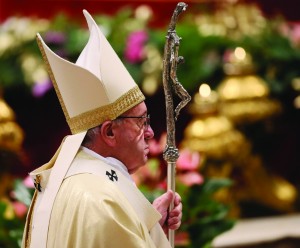
Pope Francis
Pope Francis, meeting with journalists on the plane on the way from Havana to Mexico, was visibly moved just moments after his historic meeting with the head of the Russian Orthodox Church, Patriarch Kirill, on Friday, February 12 at the Havana airport. Setting aside centuries of division and tension, the two men publicly announced that both Churches can indeed cooperate and work together. Francis and Kirill signed a common statement outlining that common work.
Pope Francis thanked the Cuban leader, Raul Castro, for hosting the meeting, adding that it was discussed back in September when Pope Francis visited the island.
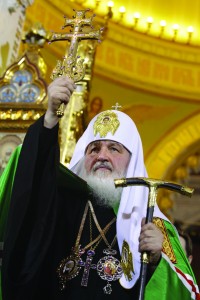
The Pope and Patriarch Kirill met in Havana on February 12
The Pope told the journalists on the plane that “initiatives were discussed” during the meeting, adding that the relationship of Catholics and Russian Orthodox will move forward through “collaboration” and not theological meetings. “If unity is to be settled through studies and theological experts, the Lord will come again, and we will still be working on unity,” the Pope told the journalists on the plane, a bit jokingly. “Unity is reached by walking together.
That way when the Lord does come again, He will at least find us walking together.” As a symbol of their historic meeting, both the Pope and Patriarch signed a so-called “pastoral” declaration, but the Pope emphasized that the document wasn’t about politics, but about collaboration.
Here are key passages from that text:
The Middle East: “We call upon the international community to act urgently in order to prevent the further expulsion of Christians from the Middle East.”
Martyrs and Unity: “We bow before the martyrdom of those who, at the cost of their own lives, have given witness to the truth of the Gospel, preferring death to the denial of Christ. We believe that these martyrs of our times, who belong to various Churches but who are united by their shared suffering, are a pledge of the unity of Christians.”
Europe and Christianity: “While remaining open to the contribution of other religions to our civilization, it is our conviction that Europe must remain faithful to its Christian roots. We call upon Christians of Eastern and Western Europe to unite in their shared witness to Christ and the Gospel, so that Europe may preserve its soul, shaped by two thousand years of Christian tradition.”
Patriarch Alexy II, head of the Russian Orthodox Church, and Cardinal Walter Kasper, president of the Pontifical Council for Promoting Christian Unity
The Family: “We are concerned about the crisis in the family in many countries. Orthodox and Catholics share the same conception of the family, and are called to witness that it is a path of holiness, testifying to the faithfulness of the spouses in their mutual interaction, to their openness to the procreation and rearing of their children, to solidarity between the generations and to respect for the weakest. The family is based on marriage, an act of freely given and faithful love between a man and a woman.”
The statement also denounced abortion and expressed worry about the growing use of reproductive services in the bio-medical field.
Catholic-Orthodox Relations — “We are not competitors but brothers, and this concept must guide all our mutual actions as well as those directed to the outside world. We urge Catholics and Orthodox in all countries to learn to live together in peace and love, and to be ‘in harmony with one another’ (Rm 15:5).”
“It was a conversation between brothers,” Francis said on the plane. “We spoke clearly about issues that worry us both. I can truly say, that I felt as if I was speaking to a brother.”
A similar meeting almost occurred 20 years ago between Pope St. John Paul II and then Patriarch of Moscow Alexi II. But that meeting was canceled at the last minute.
The postponement of that meeting was largely due to disagreements involving: (a) alleged Catholic “proselytism” among the Orthodox Russians in Russia; and (b) theological and pragmatic disagreements between the two Churches over the existence and activity of the Ukrainian Greek Catholic Church in Ukraine.

Pope Benedict XVI greets Russian Orthodox Metropolitan Kirill before a meeting at the Vatican Dec. 7
In recent years, the Vatican and the Russian Orthodox have been in contact through many and diverse channels, creating a number of opportunities for conversation and improved mutual understanding. These channels included exchanges of gifts, including musical exchanges (concerts), which were effective in allowing contacts to take place in a non-polemical context.
(1) A key moment in this process was the decision of Pope John Paul II, in the last months of his life, to return to the Russians the much-revered Russian icon known as The Icon of the Blessed Mother of Kazan, a “wonder-working” icon which is known popularly in Russia as “the Protection of Russia.” The icon returned to Russia on August 28, 2004, and is now in the Cathedral of Kazan.
(2) Another key moment came in Rome on March 29, 2007, when a Russian orchestra and choir presented The Passion According to St. Matthew, composed by the Russian Orthodox Metropolitan Hilarion Alfeyev, who has now become the “foreign minister” of the Russian Orthodox Church (our magazine helped to organize that concert, which took place in the Auditorium on Via della Conciliazione).
(3) Another key moment came on December 17, 2007, when a second composition by Hilarion, called Christmas Oratorio, was presented in Washington, D.C., in the largest Catholic church in the United States, the Basilica of the Immaculate Conception, to a standing-room only audience. At the same time, a moving exhibit on “The Spiritual Renewal of Russia,” which included a wooden icon of Mary pierced by bullet holes, was offered in the crypt of the basilica (our magazine also helped to organize that concert and exhibit).
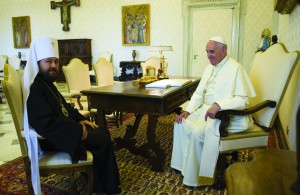
Pope Francis meets with Russian Orthodox Metropolitan Hilarion Alfeyev of Volokolamsk
(4) Still another key moment came on May 20, 2010, when Benedict XVI attended a concert in Rome in which a number of the pieces had been composed by Hilarion. Hilarion attended that concert and sat next to Pope Benedict during the performance.
(5) A pivotal moment also came on November 12, 2013, when a “Concert for Peace” was presented in Rome in honor of Pope Francis following the Pope’s calling of a day of prayer for peace in Syria and the Middle East in September, 2013 (our Urbi et Orbi Foundation for Church Unity helped to organize the concert).
(f) Finally, on December 17, 2015, in the Basilica of St. John Lateran in Rome, the choir of the Moscow Patriarchate sang alongside the Sistine Chapel choir, the choir of the Pope, as a gift to Pope Francis on his 79th birthday, which fell on that day. Pope Francis was not in attendance at the concert, but Cardinal Kurt Koch was.
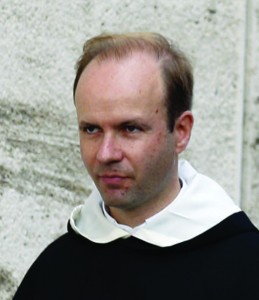
Metropolitan Hilarion of Volokolamsk, head of ecumenical relations for the Russian Orthodox Church
All of these events — and many others — made up the “diplomacy of music” and the “diplomacy of gifts” which helped prepare the way for this meeting in Havana, Cuba.
Father Hyacinthe Destivelle (photo), a French Dominican in charge of the Vatican’s relations with the Slavic Orthodox Churches, was deeply involved in working out the details of the meeting. He speaks fluent Russian and was the pastor of the Catholic Basilica of St. Catherine of Alexandria in St. Petersburg, Russia, prior to 2013.


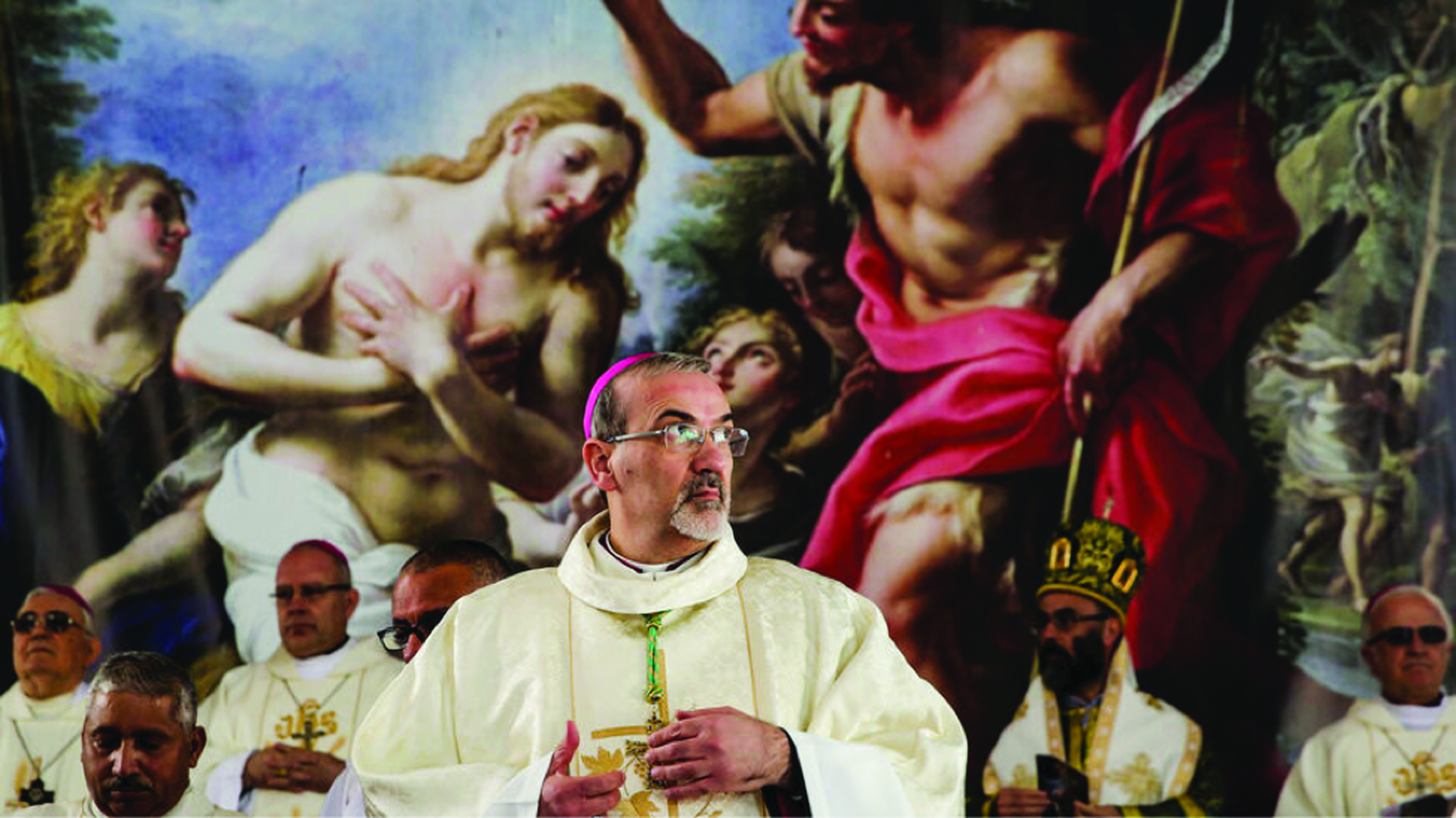
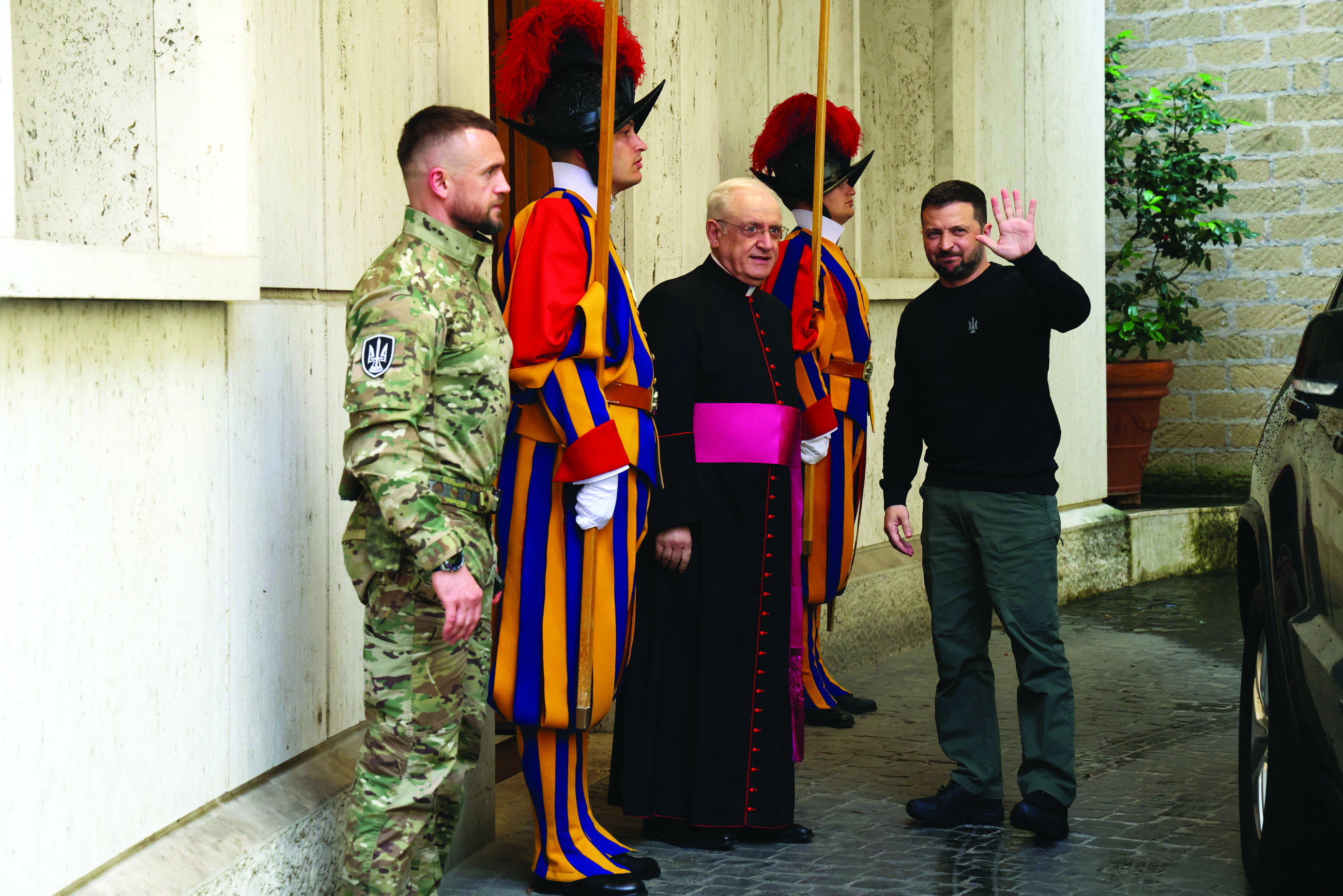
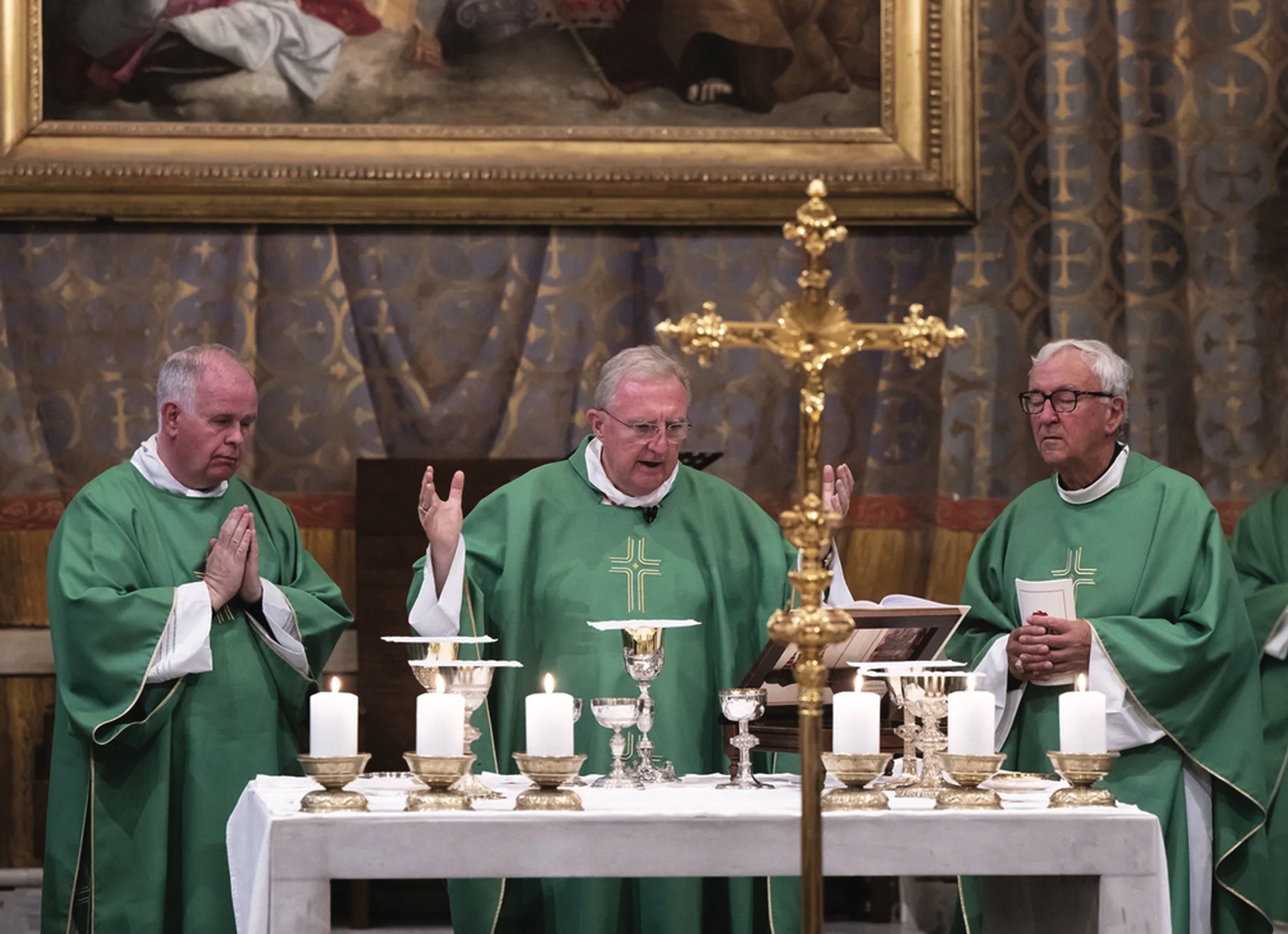
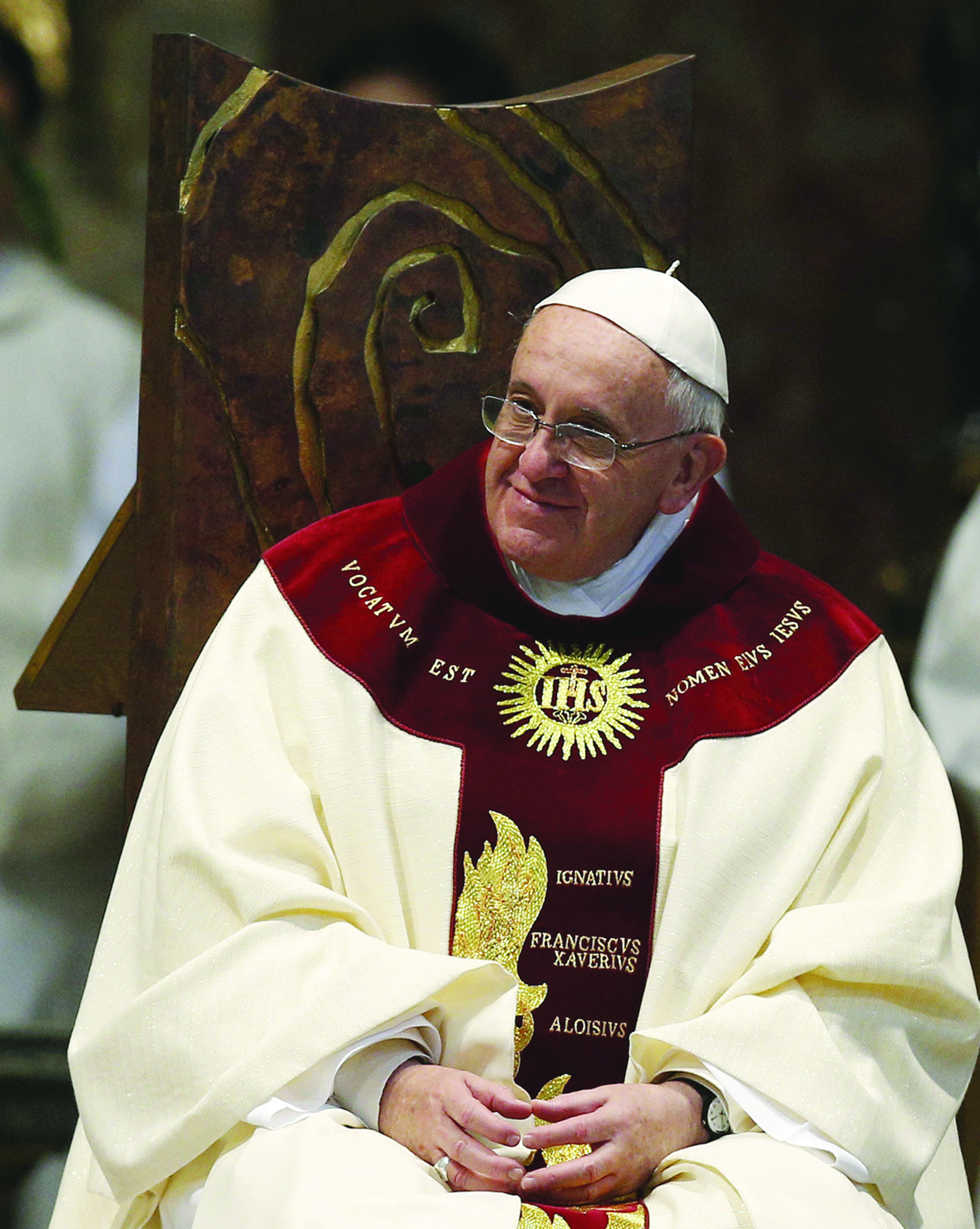
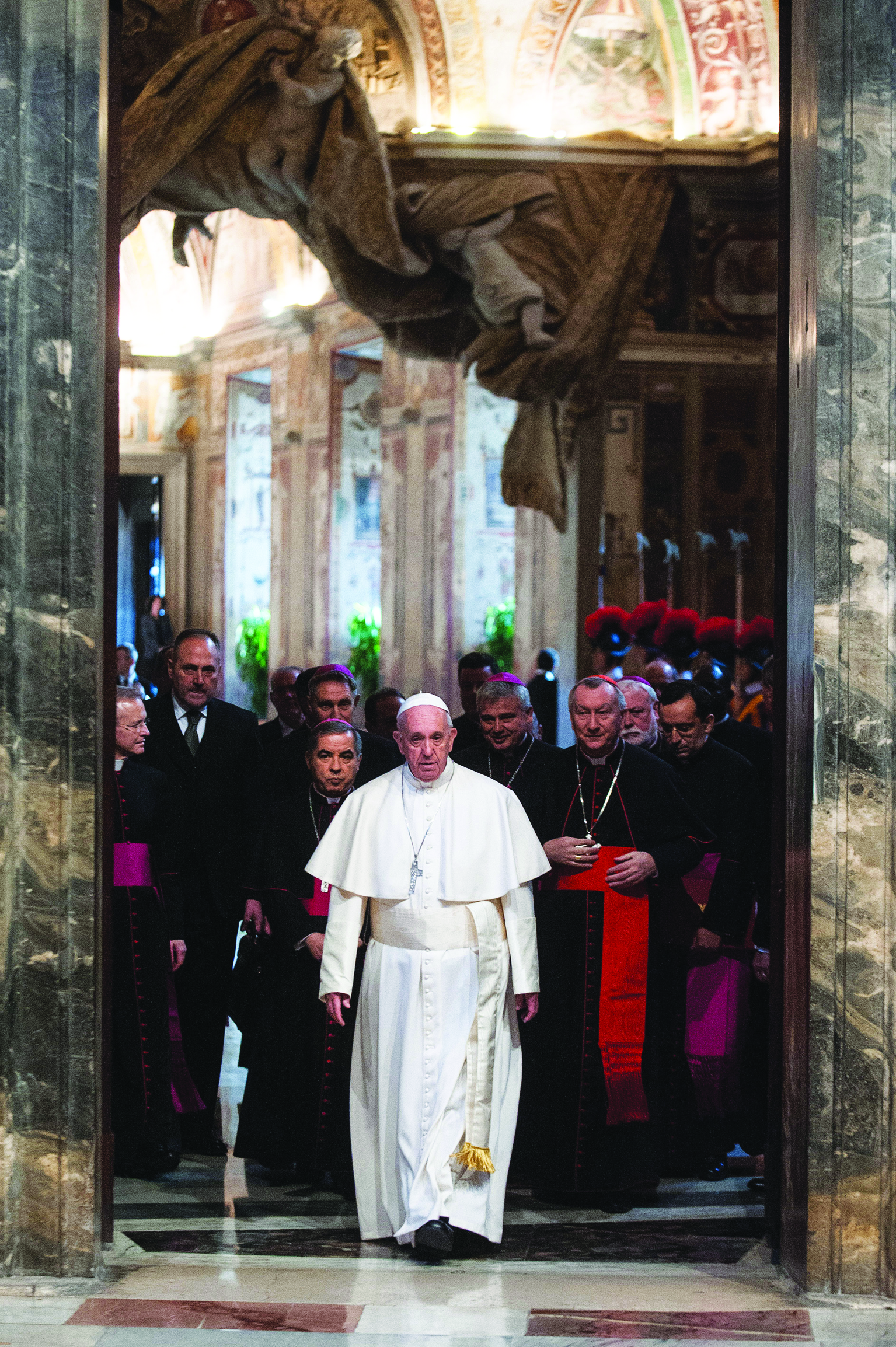
Facebook Comments